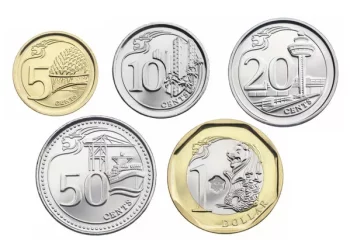Gold prices (XAU/USD) have continued their gradual upward momentum during the Asian session, reaching a fresh daily high near $2,620. Geopolitical tensions, along with concerns over trade wars, have contributed to this rise, with modest support coming from a pullback in US Treasury bond yields. However, the Federal Reserve’s recent hawkish stance, signaling slower rate cuts in 2025, suggests that further gains for the precious metal may be limited.
Last week, the Federal Reserve indicated that it would ease the pace of interest rate cuts next year, which bolstered the US Dollar (USD) near a two-year high. This also supported US bond yields, limiting the upside potential for gold, which does not offer yield returns. Consequently, gold’s recovery from its one-month low, observed last week, is expected to remain modest amid thin trading volumes, cautioning traders before any major moves.
Haven Demand, US Treasury Yields, and Geopolitical Risks Support Gold
The Federal Reserve’s adjustment to its outlook for rate cuts has created uncertainty surrounding future monetary policy. Meanwhile, geopolitical risks continue to influence market sentiment. On Tuesday, Israel’s military reported intercepting a projectile fired from Yemen as part of ongoing conflicts in Gaza, while Russian forces made territorial gains in Ukraine. These developments add to the demand for gold as a safe-haven asset.
Traders are now awaiting the release of the Richmond Manufacturing Index, which, alongside US Treasury yields, could provide further direction for the USD and influence gold prices during the thin liquidity of Christmas Eve.
Technical Analysis: Potential for a Downturn Near Channel Resistance
From a technical standpoint, gold’s recent recovery from a one-month low forms a bearish flag pattern on hourly charts, with oscillators remaining in negative territory on the daily chart. This suggests that the path of least resistance for gold is downward. A decisive break below the support of the ascending channel, currently near $2,605-$2,600, could trigger further downside.
If gold prices fall, they could test the monthly low around $2,583, with further selling potentially driving prices toward the November swing low at $2,537-$2,536, ultimately targeting the key psychological level of $2,500.
Conversely, the $2,633-$2,634 zone, near the ascending channel’s upper boundary, could serve as a strong resistance point. A sustained breakout beyond this level could lead to short-covering and push gold prices higher, potentially reaching the $2,654-$2,655 region. A decisive move beyond this zone would negate the current negative bias, opening the door for a push toward the $2,700 mark.
Related Topics:



























